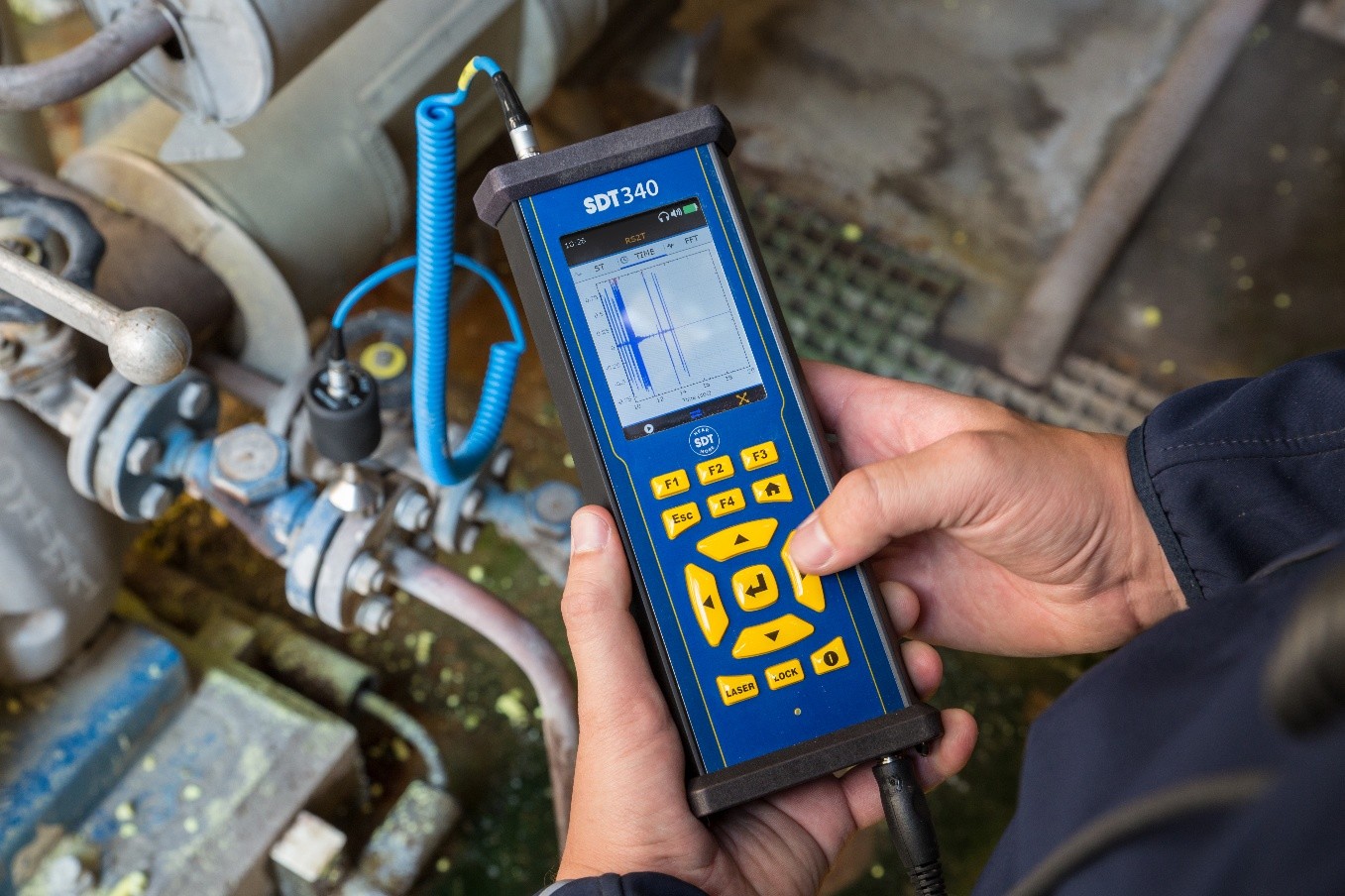In the high-stakes environment of modern manufacturing, maintaining maximum uptime is the single most critical factor separating profitable operations from costly stagnation.
Yet, for too long, industrial maintenance has relied on reactive or purely time-based strategies—interventions triggered by alarms only after significant damage has occurred. This strategy is fundamentally flawed. The true challenge for industry is not managing failure, but preventing its subtle onset.
The magnitude of the problem is clear: up to 80% of industrial bearings never reach their engineered lifecycle, with improper lubrication practices cited as the leading cause of premature failure. When maintenance is based on a fixed schedule rather than the asset’s actual condition, teams risk costly over-greasing, or, more commonly, failing to act until friction causes detectable heat or heavy vibration, signals that often confirm a crisis already underway. Furthermore, systems essential for production, such as compressed air and steam, silently bleed profits; the turbulent flow from unaddressed leaks generates unnecessary and substantial energy waste.
This is the maintenance paradox: the most destructive failures begin silently, in frequency regions the human ear and standard monitoring tools often ignore.

Detecting the precursor, not the crisis
SDT Ultrasound addresses this paradox by focusing on the earliest physical indicators of impending asset deterioration, synthesized into the FIT concept: Friction, Impacting, and Turbulence. These three conditions exist exclusively in the high-frequency acoustic spectrum. By detecting, measuring, and analyzing these silent signals, SDT’s technology empowers reliability engineers to intervene at the “precursor” stage, long before faults escalate to critical temperature or vibration levels.
Ultrasound detectors are precision instruments designed to isolate the acoustic energy generated by these core failure mechanisms. They allow technicians to analyze the friction in mechanical systems, confirming the need for condition-based lubrication rather than arbitrary greasing schedules. They identify impacting, confirming structural damage early. And crucially, they pinpoint the high-frequency turbulence of costly leaks, which is essential for quickly identifying and eliminating energy loss.
A foundation for comprehensive reliability
The inherent versatility of ultrasound is unmatched in Condition Monitoring, allowing the technology to service a remarkably wide range of operational challenges. SDT has codified this into Eight Application Pillars : from core Mechanical Condition Monitoring and specialized Bearing Lubrication to safety-critical Electrical Fault Detection and process-optimizing Valve Condition Monitoring. This versatility ensures a single technology can provide the first line of defense for multiple systems.
The SDT hardware platform, exemplified by advanced collectors like the SDT340, is built for diagnostic fidelity. These devices feature dedicated Dual Sensor Inputs for both ultrasound and vibration, and employ superior sampling capabilities (up to 256 kHz FocUS Mode). This commitment to advanced data capture ensures highly accurate analysis and accelerated time-to-diagnosis.

Ultimately, the company’s mission, tracing back to its founding in 1975, has always been to provide solutions that help customers predict failures, control energy costs, and improve overall operational uptime. By focusing on the silent signals of the FIT concept, SDT Ultrasound delivers the data required to transform reactive maintenance into a proactive, strategic advantage.



